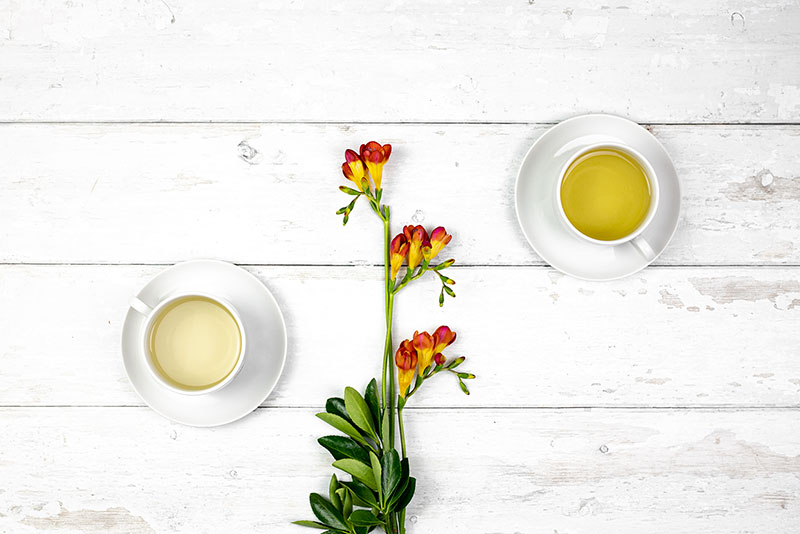Most of us are either talking or drinking or recommending green tea as we are aware of its immense benefits. White tea is lesser known than green, it is also gaining popularity. Both have some similarities.
Similarities between white tea and green tea
- Both of them are produced from the same plant with immense health benefits.
- Both are lightly processed as compared to black tea.
- Both have a potent anti-oxidant, epigallocatechin gallate or EGCG which is a potent polyphenol.
However, both differ in taste, quality, and texture. Green tea brews up into a yellowish-green color with a grassy note and low caffeine content. White tea is even lighter and mellower and much lower in caffeine than green tea.
Online resource for wellness and health-related blogs
For a better understanding of white tea vs green tea and the health benefits they offer, visit Krave Wellness, the best online resource for information on health, wellness, and nutrition. You may search for anything you want or browse through the articles on their website. They cover a range of wellness-related topics and provide reviews of luxurious and adventurous properties that offer exceptional service related to wellness improvement. Subscribe to Krave Wellness to receive updates on vacation property reviews, wellness blog posts, and free travel guides.
Difference between white tea and green tea
White tea and green tea vary in taste, texture, and properties.
Cultivation and processing
White tea leaves are first sun-dried on bamboo sheets and quickly brought indoors for withering and to retain the white color of the buds. The leaves are processed indoors under controlled temperature and humid conditions.
Green tea is dried in the shade and then pan-fried or steamed which makes it lose some of its white colors. At times, it is pressed into a needle-like shape and dried into a curled shape.
Flavor
White tea is mild in flavor while green tea has more robust, grassy, and vegetal notes.
Brewing
White tea is delicate and involves steeping the tea leaves in steaming and not boiling water. The tea leaves are to be steeped for 2-3 minutes. White tea can be steeped many times so that you can enjoy the same leaves in several cups of tea.
Green tea leaves are poured into boiling water and allowed to brew for 1-4 minutes. It is enjoyed more with lemon or honey and not with milk and sugar.
Caffeine content
White tea contains less caffeine than green tea which makes the latter suitable for weight loss. Usually, the longer the tea leaves are steeped or the higher the water temperature is, the more caffeine is extracted from the tea leaves.
Health benefits
The EGCG found in both white tea and green tea has immense benefits:
- They aid in weight loss.
- Lowers bad cholesterol.
- Decrease the risk of cardiovascular diseases.
- Reduces the risk of cancer.
- Improve skin tone and protects skin from UV ray damage
- Decrease elastin and collagen breakdown
Regardless of whether you drink white tea or green tea, both of them have tremendous amounts of antioxidants with a very slight difference. These antioxidants have a good impact on reducing the risk of heart diseases as it lowers cholesterol levels, reduce cancerous cells, and help in weight loss.


